What Would the World Do Without White Sauce?
On a favorite foodie blog—The Frugal Hausfrau (www.frugalhausfrau.com) I found what I was looking for—any updates in cyber-world on all the things you can do with white sauce (aka Bechamel or roux). Here’s what Mollie, the author/frugal chef of the blog, had to say on the topic:
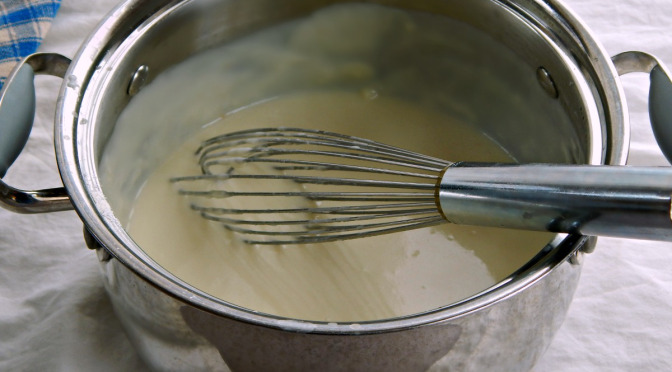
“Knowing how to make your own will free you up from all those recipes using canned soup.”
That’s an understatement. Actually you can expand your cooking repertoire hugely and even work miracles with it. Therefore, knowing how to make a good white sauce is an indispensable cooking skill.
It’s just flour, melted butter, and milk. There are 4 types:
Thin White Sauce: 1 tablespoon butter, 1 tablespoon flour (yield: approximately 1 cup)
Medium White Sauce: 2 tablespoons butter, 2 tablespoons flour (yield: approximately 1 cup)
Thick White Sauce: 3 tablespoons butter, 3 tablespoons flour (yield: slightly less than 1 cup)
Heavy White Sauce: 4 tablespoons butter, and yes, you got it, 4 tablespoons flour. (yield: less than 1 cup)
Melt the butter. Add flour, whisking, cook for several minutes to lose the “floury” taste, but not so long it begins to color. Slowly add cold milk, whisking constantly, and bring to a boil, till smooth and thickened. Add salt to taste.
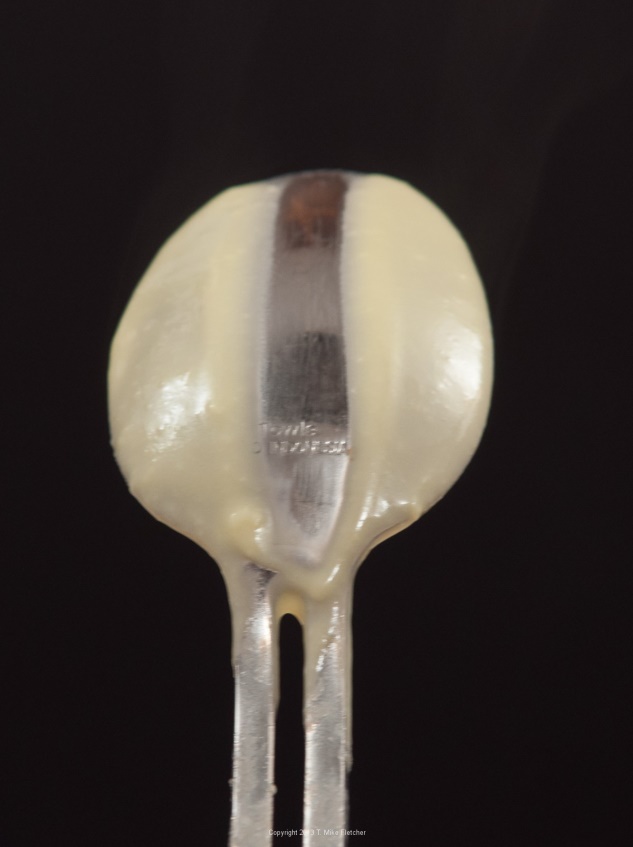
A medium white sauce should pass the ‘spoon test.’ Dip a spoon into the sauce, then run your finger down the back. If it leaves a distinct line, you have the right consistency. Unless a recipe states otherwise, most recipes call for a “medium” white sauce. It’s the standard.
There are some simple ways to add variation and spizzaz to a typical white sauce:
Replace some of the milk with light stock, cream, or sour cream.
Add a little acid (a squeeze of lemon, a bit of cooking sherry, or a dash of white cooking wine) for a flavor punch.
Enrich your sauce with egg. This also adds a protein boost and extra smoothness.
Although Bechamel is traditionally flavored with nutmeg, for some recipes try seasoning with pepper, cayenne, celery salt, chopped parsley, or chopped chives.
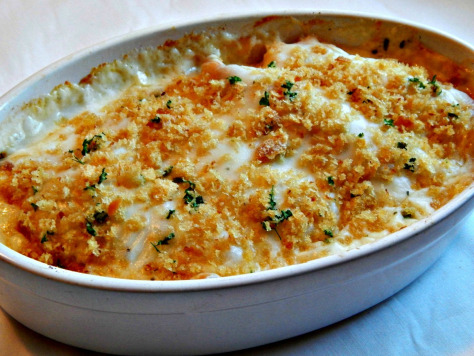
Now for all the things you can do with white sauce: Add cheese and you have a Mornay sauce—typically used in making macaroni and cheese, cheese-based soups, Rarebit, Eggs Florentine, and even chicken Cordon Bleu.
Here’s what to know when adding cheese: Add it only when the sauce is finished. Turn off the heat and add in very small amounts, whisking each bit until melted into the sauce and then adding the next bit. If the white sauce cools too much during this process, turn the heat under the pan back on to very low and gently warm back up.
Adding too much cheese at once, while the white sauce is too hot, separates the cheese and gives it a grainy and unappealing texture. (It will likely still taste good, but that grainy texture is awful.)
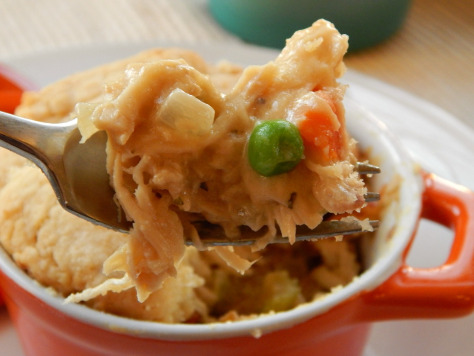
Whether you’ve added cheese or not, white sauce is the backbone for many casseroles, scalloped potatoes, chili verde, spinach and other vegetable lasagnas, open-faced sandwiches, and pot pies.
Then there’s creamed anything. Don’t you just love green peas and new potatoes in white sauce? Or creamed pearl onions? Or any vegetable creamed, really.
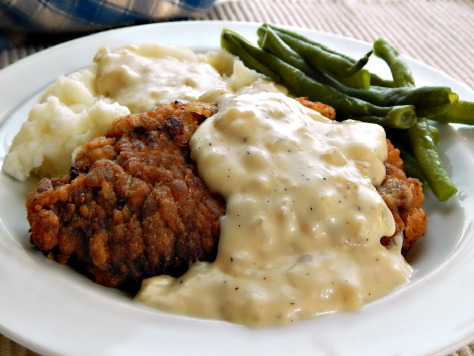
And how about gravy. Many start out with a white sauce, with stock replacing some of the milk. Chicken a la king, creamed chipped beef, typical stroganoffs, the American version of Swedish meatballs, and chicken fried steak are a few examples.
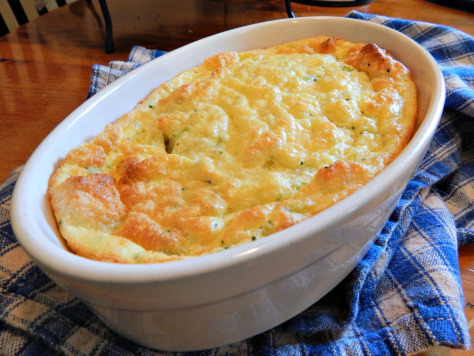
Finally, there are soufflés. This is a wonderful way to use leftover white sauce. I’ll close with Mollie’s recipe for simple country soufflé and a final thought: What would the world do without white sauce?
SIMPLE COUNTRY SOUFFLE
½ cup any finely shredded meat, fish and/or vegetables
¾ THICK white sauce (well seasoned); recipe below
1 cup finely grated cheese of choice
Pinch nutmeg
3 eggs, separated
Separate three eggs.
Beat yolks well and add to shredded meat, fish, and/or vegetables, white sauce, cheese, and nutmeg.
Beat the whites till stiff and fold in.
Pour into well oiled baking dish
Bake at 375°F until knife comes out clean, approximately 20 – 25 minutes.
NOTE: Remember, your seasoning is going to flavor the egg whites you’ll be folding in so make sure not to be too skimpy.
THICK WHITE SAUCE (yield: slightly less than 1 cup)
3 tablespoons butter
3 tablespoons flour
1 cup milk
Melt the butter. Add flour, whisking, cook for several minutes to lose the “floury” taste, but not so long it begins to color. Slowly add cold milk, whisking constantly, and bring to a boil, till smooth and thickened. Add salt to taste.
- www.frugalhausfrau.com
- www.pastrieslikeapro.com
 Alice Osborne
Alice Osborne
Weekly Newsletter Contributor since 2006
Email the author! alice@dvo.com
